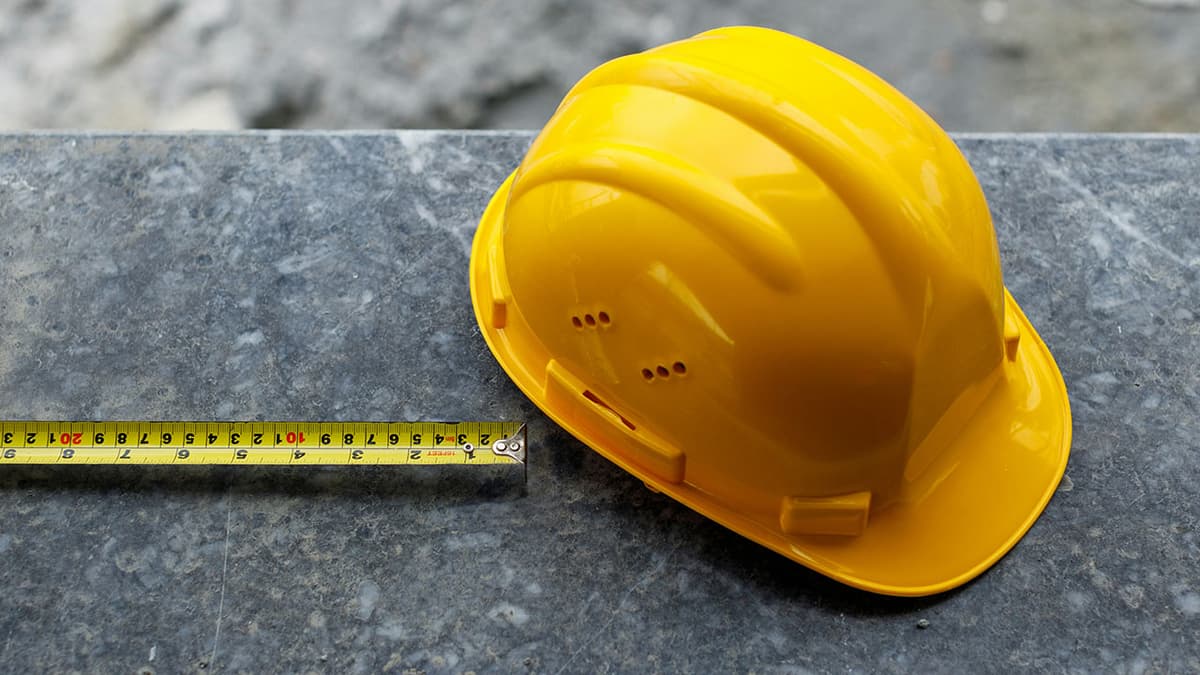The Gradient Descent Method in AI Training
Gradient descent is a fundamental method in AI training that helps machines learn how to make decisions and predictions. It's like a navigator guiding a ship to the treasure, where the treasure is the best possible decision or prediction the AI can make.
What is Gradient Descent?
At its heart, gradient descent is a process used to improve or 'train' AI models. Imagine you're at the top of a mountain and you need to get down to the lowest point. You can't see the whole landscape at once, so you decide to move downhill in the direction that seems steepest. This is similar to what gradient descent does; it helps the AI model move step by step towards the best solution.
How Gradient Descent Works
Here's a simplified step-by-step explanation of how gradient descent works in AI:
-
Starting Point: First, the AI model makes a random guess about the solution. This is like standing at a random point on the mountain.
-
Calculating the Gradient: The 'gradient' is a fancy term for the direction and steepness of the slope. The AI calculates the gradient to determine which way it should move to get to the lowest point fastest. In mathematical terms, this involves calculating the derivative of the model's error function (a measure of how wrong the AI's guess is).
-
Making a Move: Once the AI knows the direction, it takes a step in that direction. The size of the step is determined by the 'learning rate'. A big learning rate means taking big steps, and a small one means taking little steps. The AI needs to be careful here; if the steps are too big, it might overshoot the lowest point, but if they're too small, it'll take too long to get there.
-
Repeat: The AI repeats this process, recalculating the gradient and taking a new step, over and over again. Each time, it gets a little closer to the lowest point.
-
Reaching the Goal: Eventually, the AI will get close enough to the lowest point that it can't find a direction that goes further down. This point is where the AI's guess is the best it can be, given the data and the model it's using.
The Math Behind Gradient Descent
The mathematical formula for updating the model's parameters (the things it's trying to learn) in each step looks something like this:
$$ \text{New Parameter} = \text{Old Parameter} - \text{Learning Rate} \times \text{Gradient} $$
This formula is the heart of gradient descent. It's what the AI uses to adjust its guesses and get closer to the best solution.
Challenges in Gradient Descent
While gradient descent is a powerful tool in AI, it comes with its own set of imperfections and challenges. One major issue is what's known as 'Local Minima.' This situation occurs when the AI thinks it has reached the lowest point, the optimal solution, but there are actually other, lower points it hasn't discovered. It's akin to being stuck in a small ditch on a hillside while trying to reach the valley floor. Escaping these local minima to find the true lowest point is a significant and tricky part of AI training.
Another crucial challenge lies in choosing the right learning rate. The learning rate determines the size of the steps the AI takes toward the lowest point. If the learning rate is set too high, the AI might consistently overshoot the lowest point, bouncing around without settling. On the other hand, if the learning rate is too low, the AI's progress might be painstakingly slow, or it might get stuck before reaching the optimal solution. Striking the perfect balance in the learning rate is vital for efficient and effective training of the AI model.
Gradient descent is a crucial method in AI. It helps AI models learn and improve by figuring out which way to go to get better and then moving that way step by step. This process helps AI solve various problems more effectively, like recognizing faces, suggesting movies, or forecasting the weather. Essentially, gradient descent is key in teaching AI to make sense of and respond to the world around it.












